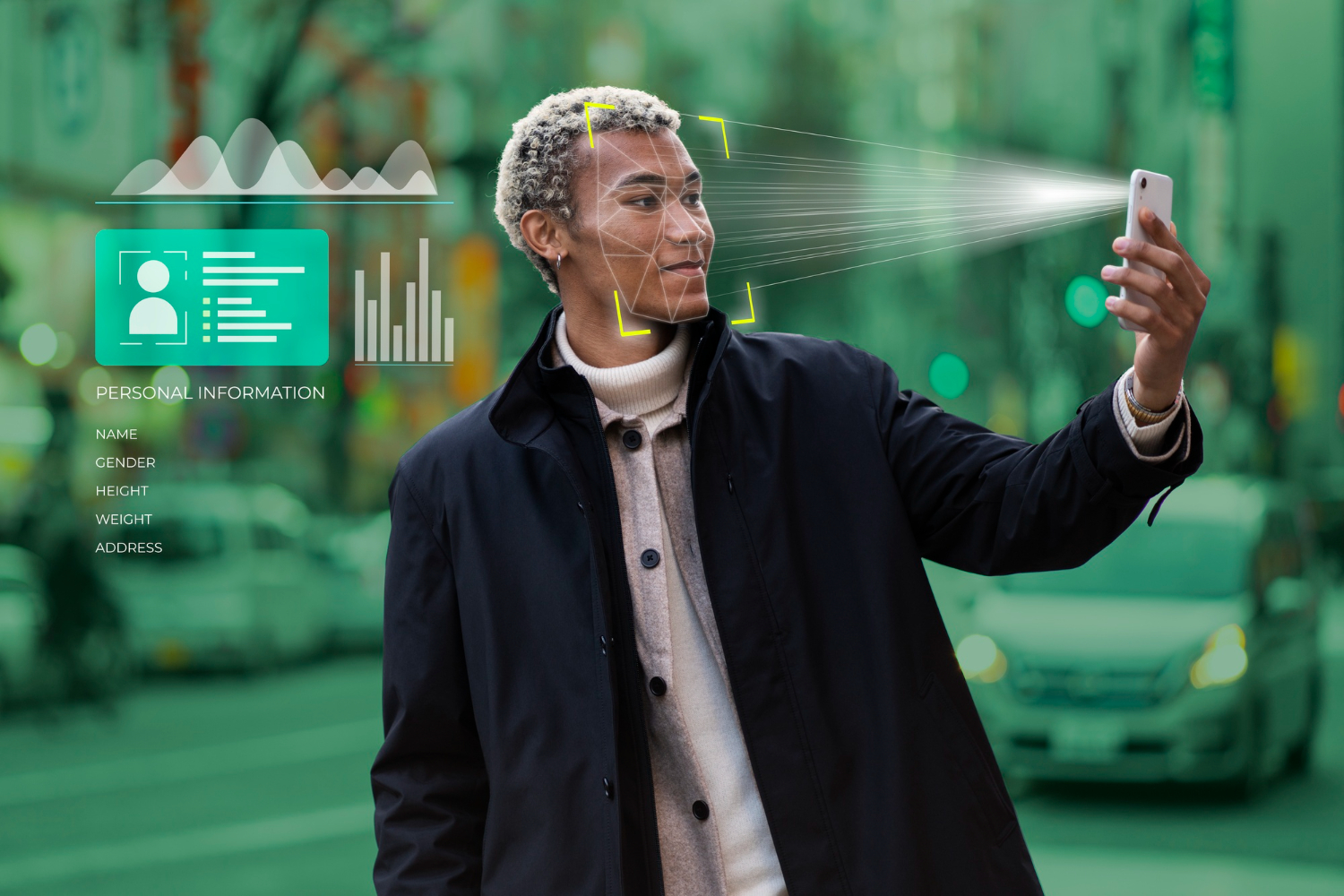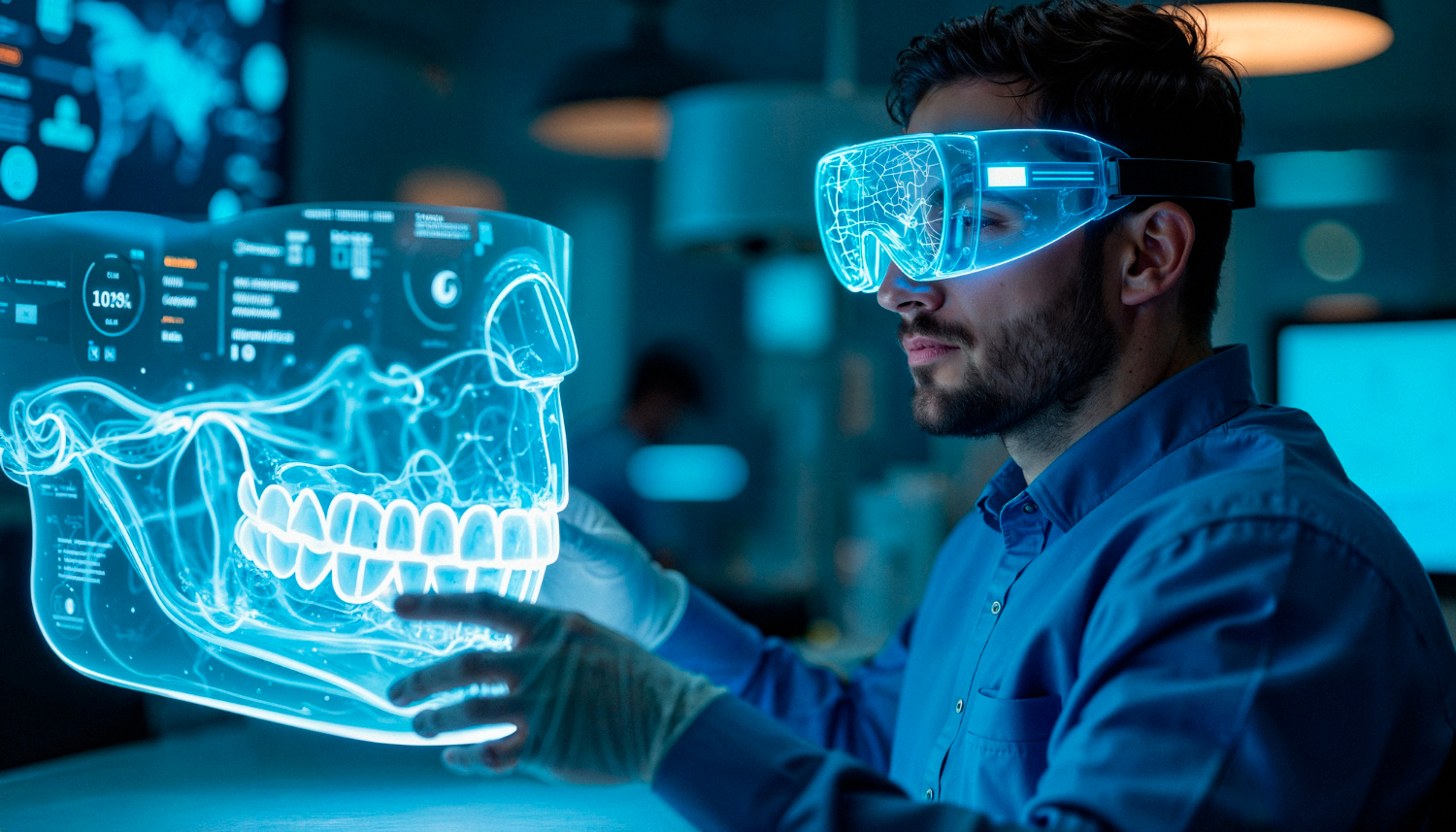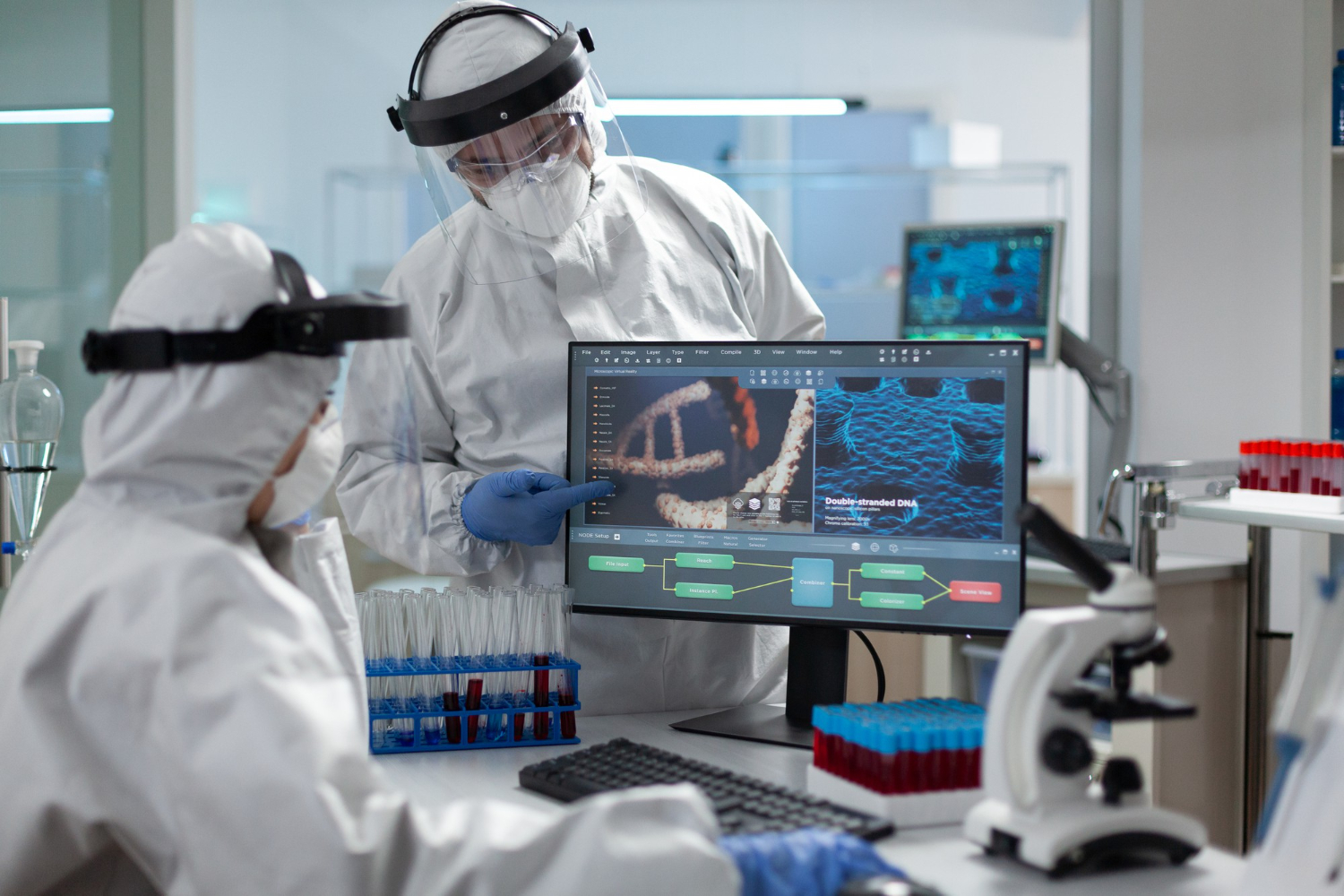Introduction
Computer vision enables computers to understand images and videos. It allows systems to make sense of what they see. When combined with artificial intelligence (AI) and augmented reality (AR), it changes how people interact with digital content. These tools support tasks in real time and improve many areas of life.
Computer vision works by processing visual input. It turns a digital image or video into data that systems can understand. Deep learning models then analyse this data. These models use data sets to learn patterns, detect specific objects, and help in decision-making.
The Link Between Computer Vision and AI
AI gives computer vision its learning ability. It lets systems improve with more data. Using AI, computer vision systems can perform tasks once limited to people. Object detection, facial recognition, and image classification are a few examples.
Deep learning models are a part of AI. These models have many layers that process input step by step. One key type is convolutional neural networks (CNNs).
CNNs are very good at handling digital image data. They can pick out shapes, colours, and patterns.
This is how computer vision technology becomes useful. AI improves accuracy. It also reduces the need for manual checks. This makes systems faster and more reliable.
Read more: Fundamentals of Computer Vision: A Beginner’s Guide
Augmented Reality and Computer Vision
AR adds digital content to the physical world. It needs computer vision to understand the space it works in. Without computer vision, AR cannot place images or animations in the right spot.
Computer vision allows AR systems to track surfaces, objects, and movement. It processes image or video input to map the space in real time.
For example, a phone camera sees a room. Computer vision finds the floor and walls. Then, AR places 3D models on the floor.
AI helps this process by identifying specific objects. It can tell if an item is a table or a chair. That lets AR place digital objects more naturally.
Real-World Applications
In social media, AR filters use computer vision to follow facial features. The system tracks a user’s eyes, mouth, and nose.
This makes the filter move as the face moves. AI improves the accuracy of tracking. It helps the filter stay in place.
On assembly lines, cameras watch for defects in products. Computer vision systems process real-time video. They flag errors and stop the line if needed. This reduces waste and improves quality.
Autonomous vehicles rely on AI and computer vision. These cars must detect roads, signs, and other cars. They also need to track movement and distance. CNNs help classify objects and measure speed.
In health, computer vision helps doctors read scans. It supports diagnosis by finding patterns in medical images. AI models can look for tumours or damage.
Read more: What is augmented reality (AR) and where is it applied?
How Image Processing Fits In
Image processing prepares visual data for computer vision tasks. It removes noise and sharpens images. These steps make digital images easier to analyse.
For example, image processing may adjust brightness. It might also enhance contrast or remove blur. Clean input helps deep learning models work better. It leads to fewer mistakes.
Some systems use optical character recognition (OCR). OCR reads printed or handwritten text in images. It works on forms, signs, and labels. This helps in transport, banking, and law.
Why AR Needs Real-Time Vision
AR must work fast. If the digital image lags, it breaks the user experience. That is why real-time vision is so important. It allows AR to respond instantly.
This includes detecting surfaces and adjusting content in motion. If a user turns their head, the AR system updates at once. Deep learning models help by predicting where things will move. This smooths the display.
Real-time video also helps AR systems avoid errors. They can track objects more clearly. If a hand moves in front of the camera, the AR adjusts without delay.
Building Smarter Systems
Using AI, computer vision systems can grow smarter. With each image or video they analyse, they improve. We call this training.
A data set feeds examples into the system. The model learns which features matter.
For example, if it sees thousands of car images, it learns to spot wheels, windows, and shapes. Then, it can detect cars in new photos. This process works for many types of objects.
3D models help with depth. They show the size and position of items. Combined with computer vision, this supports better AR. It also improves planning in fields like design and mapping.
Use in Education and Retail
In education, AR supported by computer vision creates interactive lessons. Students can view 3D models of bones, planets, or machines. This makes learning easier to follow.
Retail stores use AR to let buyers try items virtually. A shopper can see how furniture looks at home. Or try on clothes with no need to change. Computer vision tracks their shape and space.
This makes shopping more personal. It also saves time. AI helps by remembering preferences. It can suggest items based on past actions.
Read more: AI Smartening the Education Industry
Training Efficiency and Real-Time Feedback
Modern applications need quick feedback. In areas like quality control and customer service, delays reduce value.
We must process real-time video feeds instantly. Computer vision enables this by reading each digital image as it appears. Deep learning models scan for specific objects and return results within milliseconds. These tools support tasks like live facial recognition or product scanning at checkout points.
In agriculture, drones with AR and computer vision fly over fields. They capture image or video feeds and identify crop health. AI marks weak areas, helping farmers act fast.
AR shows real-time stats directly on the drone’s control panel. The farmer gets clear, simple data. This process saves time and improves crop care.
Retail is also using this trio in new ways. Virtual try-ons use computer vision to detect body shape and place items accurately.
AI picks styles based on user preferences. AR mirrors let people see changes live. These features improve the shopping experience and cut return rates.
Even waste management is improving. Cameras on sorting lines use computer vision to classify waste. AI predicts material types, while AR gives workers visual prompts.
Items move faster and with fewer errors. Over time, data sets from this process train better machine learning models.
Smart homes now use computer vision for safety and convenience. Doorbell cameras detect motion and identify visitors. AI filters out animals or cars.
AR overlays info on the screen. For instance, the user sees the visitor’s name or past visits. This setup makes everyday tools more useful and secure.
As devices grow smaller and stronger, the mix of AI, AR, and computer vision will reach more homes, schools, and shops. These systems continue to evolve. Their use in real-world applications will keep growing in the years ahead.
Improving Accessibility
Computer vision also helps people with disabilities. AR tools can describe the space for those with vision issues. They read signs or labels aloud. OCR supports this by reading text from digital images.
For those with movement issues, gesture control can replace touch. A camera sees hand signs. Computer vision systems translate these into actions. This makes devices easier to use.
AI ensures the system understands commands even if they change. It learns the user’s style over time.
Challenges and Considerations
Building these systems takes time. They need large data sets. They also need training. Errors in early stages are common. Over time, with better data, models improve.
Privacy is another concern. When systems process image or video data, they might record people. Companies must be careful. They must follow laws about data use.
Speed is also an issue. Real-time tasks need fast chips. This means higher costs. But with better hardware, costs drop.
Finally, models must work in many settings. A system trained in one country may fail in another. It must adapt to different signs, faces, and scenes.
Read more: The Benefits of Augmented Reality (AR) Across Industries
Future of AI, AR, and Computer Vision
These tools will get better. AI models will learn faster with less data. Computer vision systems will run on small devices. AR will feel more natural.
For example, glasses with built-in AR could guide users. They could name objects or translate signs. All this would rely on real-time computer vision.
In transport, better object detection helps make roads safer. In factories, smarter vision checks improve safety. In media, AR and social tools get more creative.
Computer vision will support more real-world applications. It will help machines understand their space and users.
How TechnoLynx Can Help
TechnoLynx builds smart solutions with computer vision, AI, and AR. We create systems that process image or video data in real time. Our models use CNNs and deep learning for high accuracy.
We help in health, retail, transport, and more. Our tools track objects, read signs, and run on many devices. We test them with real data sets.
For businesses, we build systems that improve workflow. For users, we offer fast, safe, and smart features. If you want to add AI or AR to your service, we can build it. Our team works closely with clients to meet each need.
Contact TechnoLynx to bring computer vision into your project today!
Image credits: Freepik













